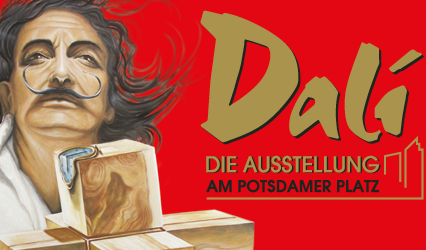1974
Dalí opens his Teatro Museo Gala Dalí in Figueras. For it, he produces the drypoint series After 50 Years of Surrealism. Appearance of his illustrations for Les Amours Jaunes by Tristan Corbière (Illustration The Museum of Genius and Fantasy, WVZ 676).




